Putting the pieces together (aka memoir ‘making’)
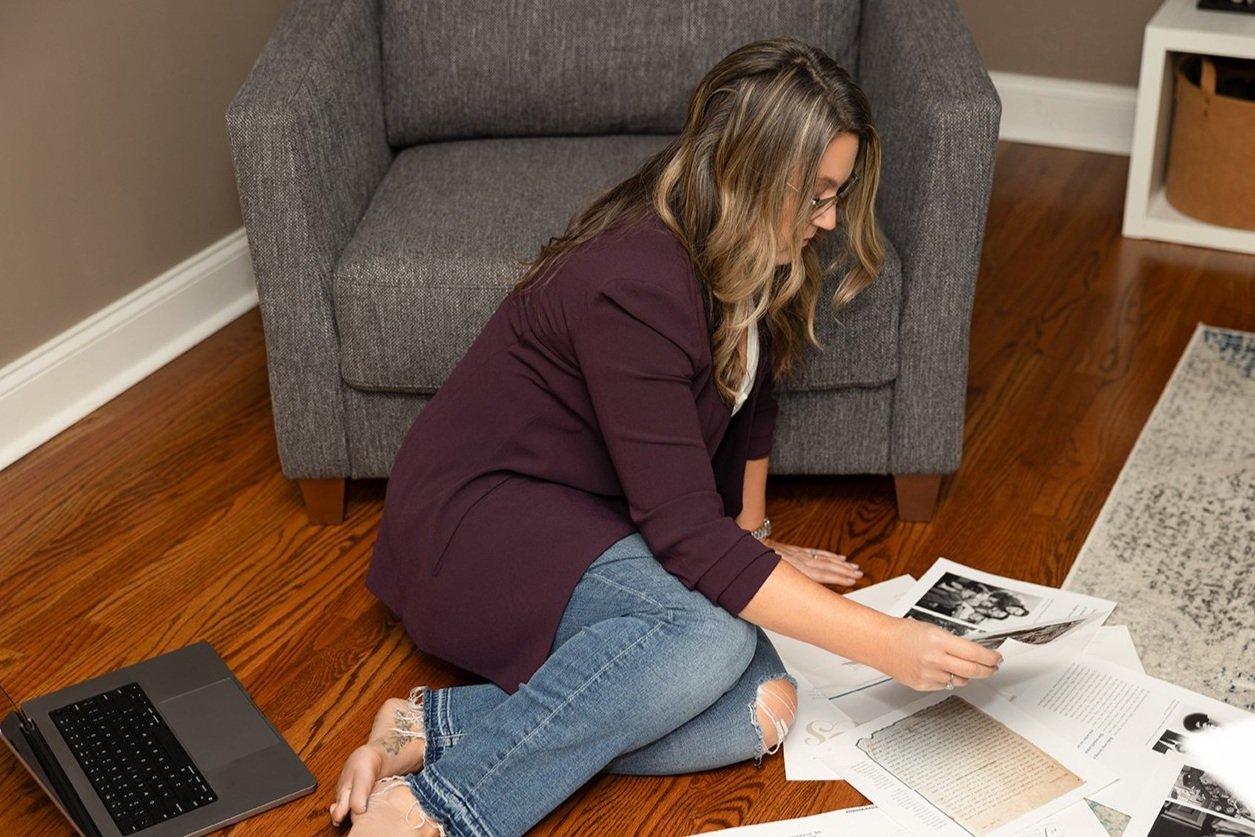
During the design phase of a personal history book, I often spread pages out all over my office floor to evaluate the book’s flow. Similarly, in the early stages of a memoir—when writings may consist of disjointed stories and short reflections without any narrative arc—I will spread pages out on the floor to look for patterns. Sure, you can do this on a computer, but I find this old-school approach much more efficient (and satisfying)!
It’s a rare individual who decides to write a memoir and knows out of the starting gate the path their writing will take. No, it’s much more common to decide to write a memoir…then to wander—to wander amidst memories, to wander on the page, even to wander in one’s commitment to the endeavor as a whole.
When coaching my memoir clients, it can often be helpful to talk about ‘making’ a memoir rather than ‘writing’ a memoir. It’s a small semantic shift, but an effective one. Why?
Well, whether we call it imposter syndrome or insecurity, many of us (me included) may find ourselves staring down a blank page and letting our imagination get the best of us—and who doesn’t have thoughts in those moments such as,
Why is this so easy for everyone else?
I read ______’s memoir, and it was powerful and clear—they certainly weren’t all over the place like me!
Where the hell is this writing GOING?!
But ______’s memoir—hell, every memoir written by a human—was in its early stages all over the place. Disjointed. Lacking a theme or narrative arc.
Every memoirist has wondered where the hell their writing is going.
How to gain clarity on your memoir’s theme
By holding as your goal the idea of ‘writing your memoir,’ you are focused too soon on the end goal, in my opinion. In reality, you are writing towards your memoir. So: Write, then write some more; read, analyze, tweak; then write some more. Then, as you begin to uncover patterns, you can MAKE something of what you have written.
As William Zinsser recommends in this brilliant piece (I recommend reading the whole thing if you have time), begin writing by following the memories as they come to you. Keep writing—short vignettes, slivers of memory, feelings from your childhood, favorite stories you’ve told a thousand times…
“Then, one day, take all your entries out of their folder and spread them on the floor…. Read them through and see what they tell you and what patterns emerge. They will tell you what your memoir is about and what it’s not about. They will tell you what’s primary and what’s secondary, what’s interesting and what’s not, what’s emotional, what’s important, what’s funny, what’s unusual, what’s worth pursing and expanding. You’ll begin to glimpse your story’s narrative shape and the road you want to take…. Then all you have to do is put the pieces together.”
Admittedly, “putting the pieces together’ may not be as simple as it sounds—but it is straightforward and fun, like putting a puzzle together: the puzzle of your life. Not your whole life, of course (a memoir isn’t an expansive tome covering every autobiographical tick on the timeline of your life), but the aspect of your life that has revealed itself in this exercise as holding meaning.
So, begin writing towards your memoir. One day in the future, I promise, you’ll be able to make it out of the raw materials you’ve penned.
The three most common excuses I hear for not writing about your life “yet,” and how—and why—to overcome them. It’s not too soon for your memoir, I promise.
Discover how (and why) bending certain grammar rules in memoir and life story writing can enhance voice, rhythm, and authenticity in your storytelling.
Even the most seasoned writer sometimes feels hopeless when they sit down to write and nothing comes. Here, 7 helpful resources for budding memoirists.
Four steps to help you turn spoken stories into engaging written narratives—so once the family history interview is done, you can create a lasting legacy.
Brave the Page by trauma-informed writing coach Megan Febuary shares how to probe memories, write about your hard experiences, and find healing.
You start out with excitement and fervor—blank pages are feverishly filled with stories about your life. But what can you do when your memoir momentum wanes?
By holding as your goal the idea of ‘writing your memoir,’ you are focused too soon on the end goal. Instead, think about writing towards your memoir.
Are you nervous about undertaking a life story project? Working with a personal historian or memoir coach can help alleviate many of the most common fears.
Is there ever really a ‘right’ time to start writing your memoir? There’s not, in my opinion, but here are two questions to ask yourself to help you decide.
Writer’s block can happen to the best of us. This simple idea—keeping a notebook of self-generated writing prompts—will keep your memoir ideas flowing.
Looking for a meaningful gift for your parents? An annual subscription to our Write Your Life memory and writing prompts may be just the thing—or, maybe not.
Learn about our Write Your Life course, providing memory prompts, writing guidance and a dose of inspiration to anyone who wants to preserve their stories now.
Here’s one time I gave in to my client’s preferences that still haunts me: Why we did not identify people in any of the photos in their family history book.
While your memoir is telling your stories in your words, a family tree chart outlining your relationships has a real place in that book—here’s why.
The first draft of your life story is likely to include some stuff you decide to cut later—but should none of your challenges make it into your final book?
Good writing prompts will rid you of blank-page anxiety—and you can easily write your own! Here, 5 steps to drafting a library of personalized memoir prompts.
While a journal called “Memories from Mom” or “Grandma’s Life Story” may be brimming with good intentions, the fact is that most of them remain mostly blank.
While all five of these books add value to any memoirist or life writer’s library, I’ve identified which is best for you based on your goals and experience.
A love letter (or book!) overflowing with memories makes a thoughtful anniversary gift. Here, 14 writing prompts to help you honor—and surprise—your partner.
Wondering if 52 weeks of memory prompts will help YOU write about your life at last? Here, answers to the most commonly asked questions about Write Your Life.
Every week you’ll get themed prompts to stir your memories, tips to write your stories with ease, and more! A unique gift for your loved one (or yourself)!
Sometimes all it takes to get unstuck with your personal writing is paying attention. Here are some easy (fun) ways to come up with journal writing prompts.
Ready to edit your family history or life story book? Follow these three tips from a personal historian to ensure everything is clear for your descendants.
This new book by Ruta Sepetys, You: The Story, is a great tool for those who want to use their own life experiences to inform their fiction writing.
Have you ever thought about what will happen to your diaries—who will read them, how you may one day use them? Join me as I consider this profound question.
Photos that have no captions will leave readers of your heirloom book guessing. Make sure to write captions that either tell a story or provide vital details.
Smells (such as of Mom’s perfume or Grandpa’s grease-stained clothes) and sounds—especially music—can trigger long-buried memories helpful for writing memoir.
Why leave your legacy in the hands of someone else? Try your hand at writing your own obituary with these tips—it just may be the start of your mini memoir.
Don’t let all those memory-keeping ideas swirling around your head overwhelm you. Instead, take some time to hone in on which stories to tell first—here's how.





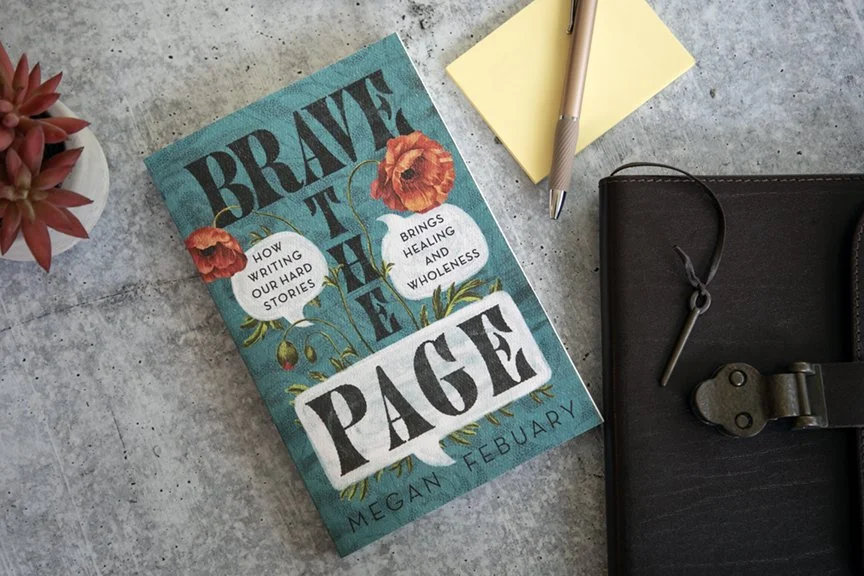


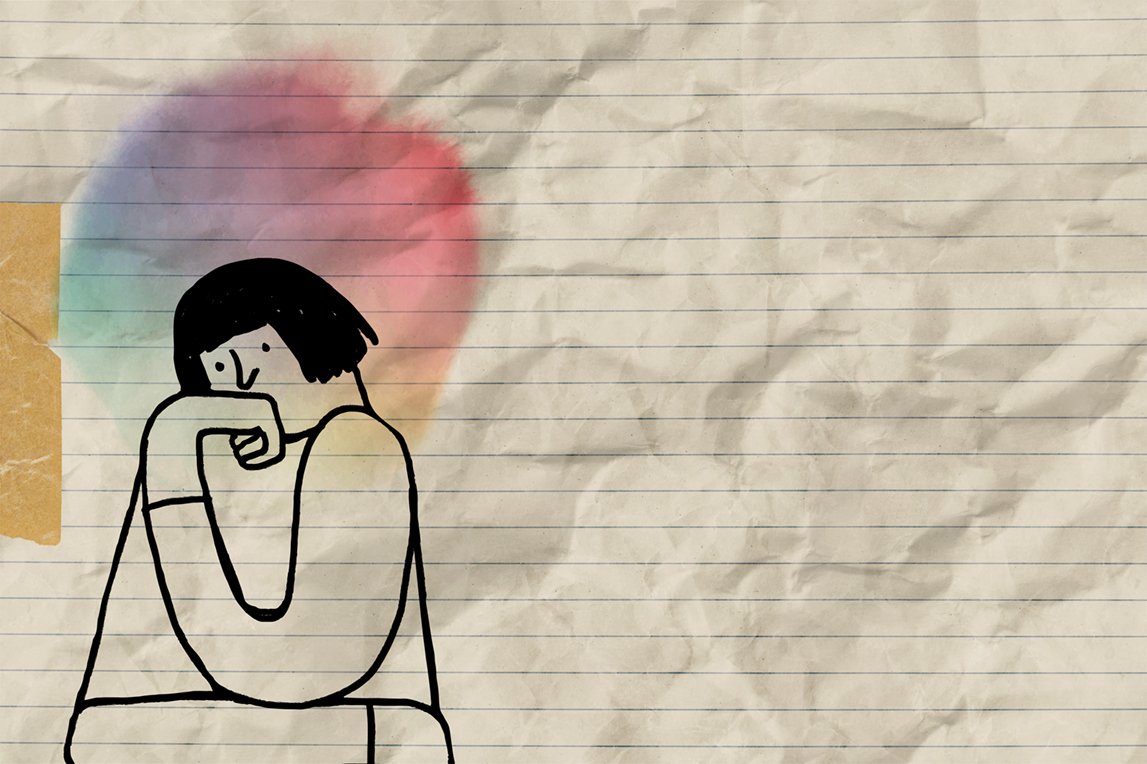



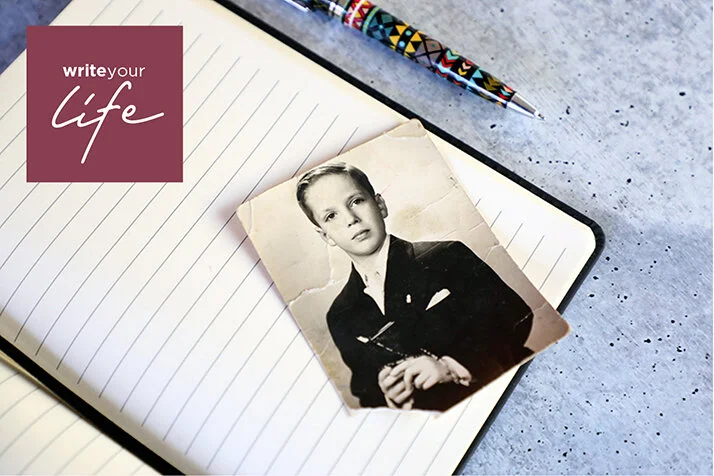


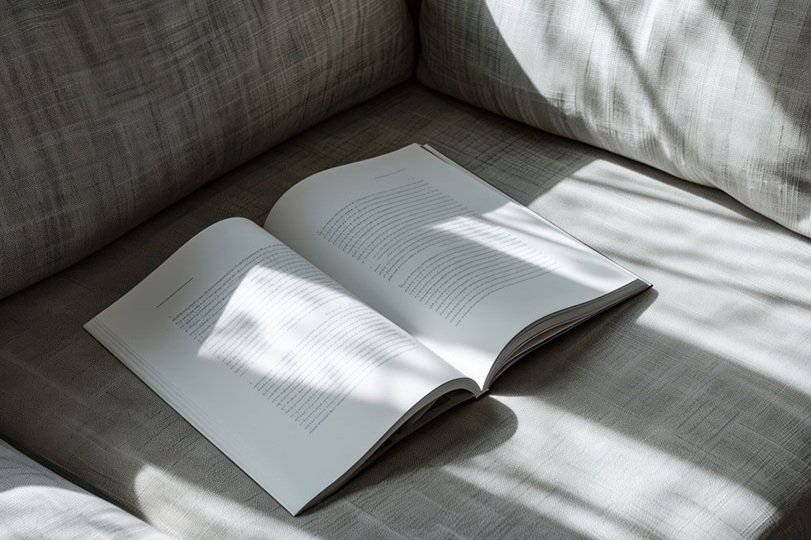


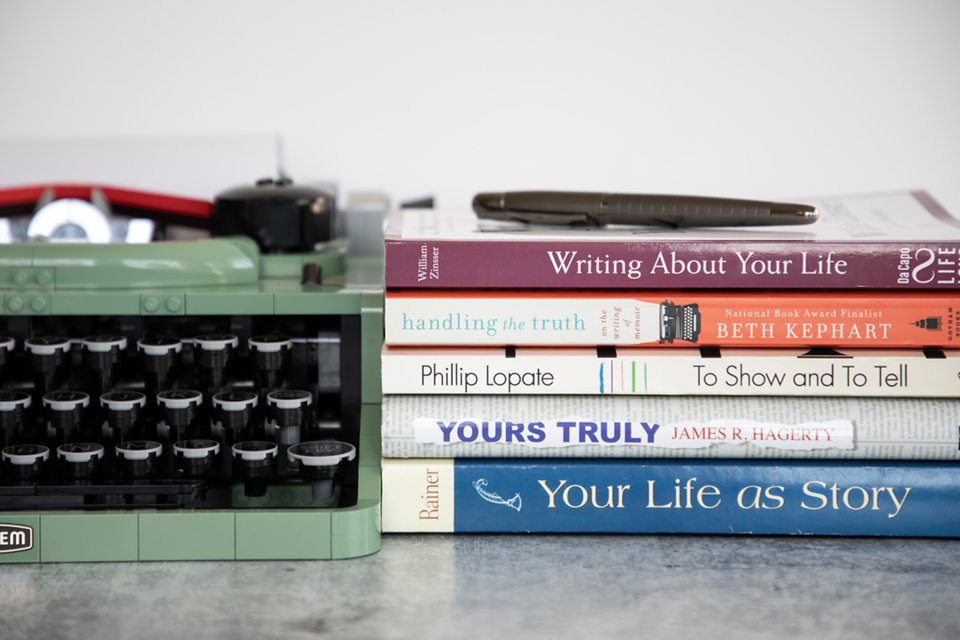



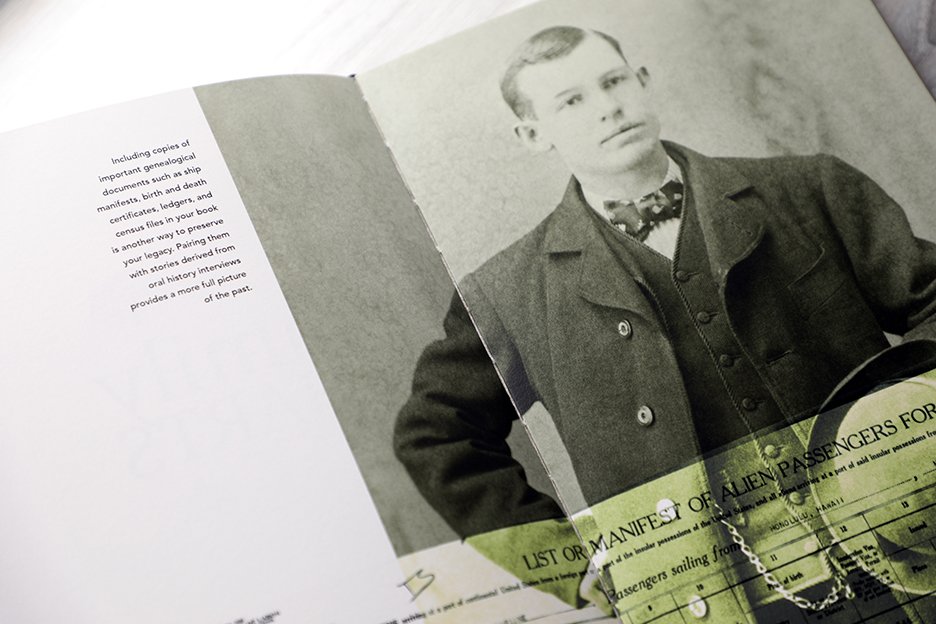




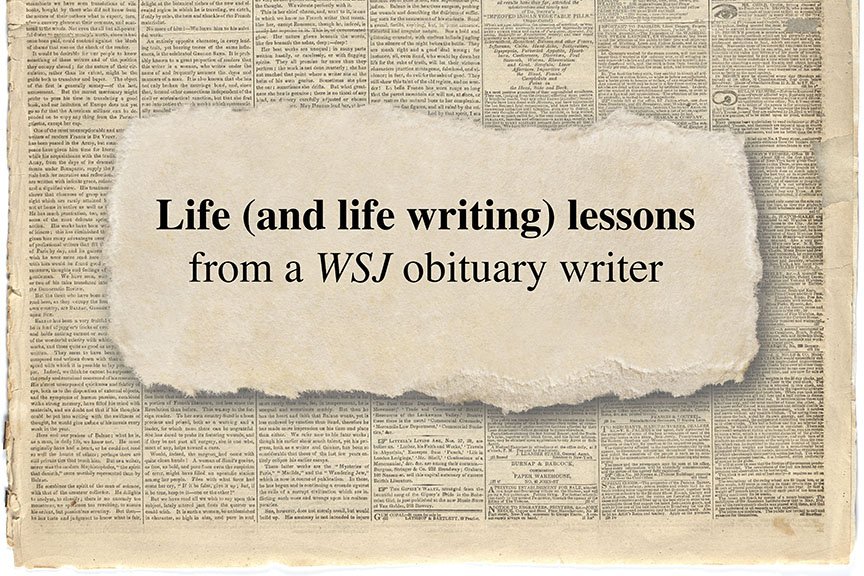

Go beyond labels with this powerful memoir prompt: introduce yourself without name, job, or age. Includes writing tips and a free downloadable worksheet.